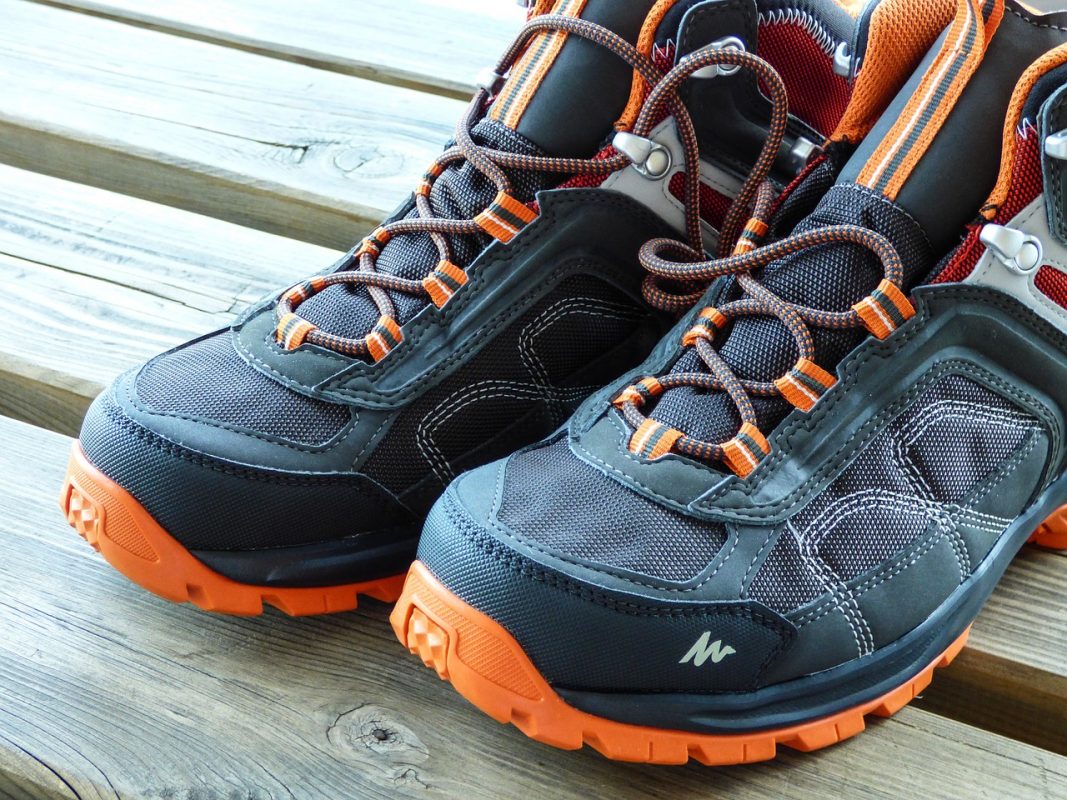articles
How To Find The Best Hiking Boots For Your Needs?
These days, there are so many choices of hiking shoes that it can be difficult to find the right one for you and your needs. That’s why we’re offering you this buying guide so you can make a sustainable choice that best meets your backpacking needs. There are 2 main categories of hiking shoes: either shoes or walking boots. We will show you the advantages and disadvantages of each as well as their main use.
Walking Shoes
Activities: We recommend it for day hikes or light hikes on easy terrain with minimal load on the back.
Advantages: Lightweight and flexible
Cons: Does not provide optimal ankle support and is not recommended for long distances.
Semi-Rigid Walking Boots
Activities: We recommend it for people with weak ankles who want a little more support. It is perfect for light to medium treks over short to medium distances.
Benefits: Better ankle support. The sole is more rigid.
Cons: A bit heavier and less flexible than shoes.

